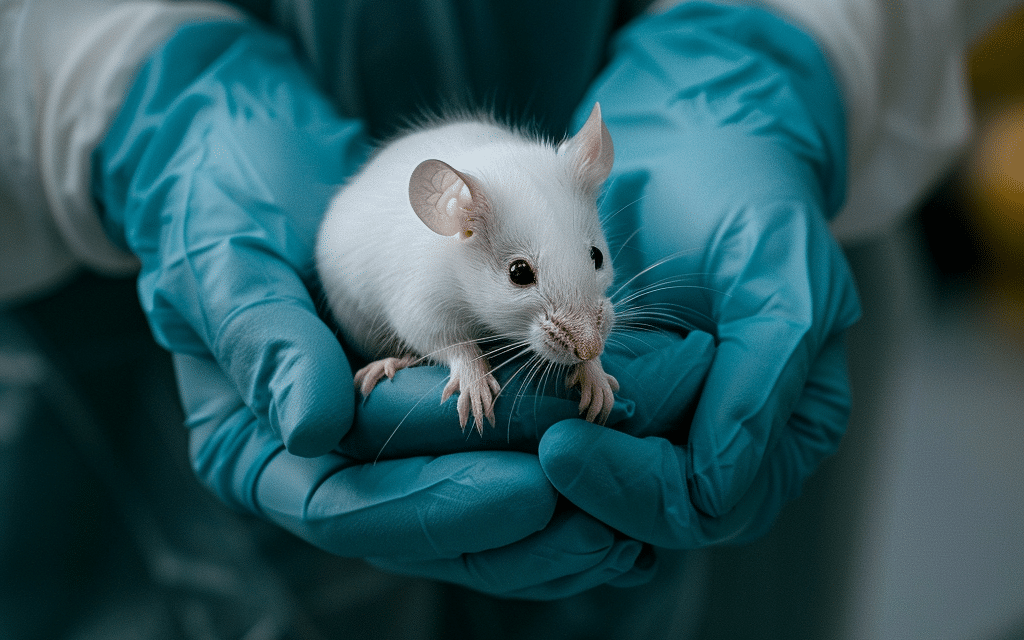
Sometimes it’s better to forget something than to recall it. Discarded memories occupy space that could be better used to gather more recent, relevant data. Although the specifics of memory formation remain poorly known, it is anticipated that synapses—vast networks of interconnected nerve cells—will play a significant role in the process. Scientists surmise that the process of forgetting entails the disruption or alteration of these synapses, a hypothesis that was previously associated with particular brain cells known as microglia.
To investigate the theory that microglia play a role in memory loss, researchers set up a mouse experiment. To start, researchers had to give mice a painful memory by lightly shocking their feet in a particular box. Once the shocks stopped, the scientists kept the mice in the cage. Even after five days, the mice’s dread of shocks would still cause them to react fearfully when they were in the cage. But thirty-five days later, they reacted less frequently. The mice were then given a medication to lower the number of microglia in their brains. Compared to the normal mice, these animals showed a greater tendency to remain frozen in fear long after the shocks had ended when they were subjected to the identical shock training trial. It was claimed that the shock’s negative memory was being stored for a longer period of time and was more difficult to forget. Giving the mice a different medication that preserved their microglia while decreasing their capacity to damage synapses served as the last test. These mice exhibited the same shock-related aftereffects as the mice with decreased microglia counts.
Researchers labeled brain cells that stored a frightful memory with a tracer dye in order to learn more about the connections between microglia and memory preservation. They studied how these cells interacted with the microglia after giving the animals a medication that stopped these cells from firing. They discovered that these tagged cells were more likely to be eliminated by microglia. The inference is that the memory was unused and was erased more quickly since these cells were not firing.
These findings are encouraging, but there are still certain gaps that need to be filled in by more research. For instance, the study exclusively addressed hippocampus-stored memories of terror. The majority of short-term memories are stopped in the hippocampal before being committed to long-term storage, according to current studies. Whether or not microglia affect long-term memory is still unknown. The reason why certain long-term memories might endure for years without being recalled is likewise unknown. More research is needed to fully understand these interactions, but scientists speculate that some synapses may be particularly enduring or that the memories are subconsciously recalled.
Powers Scientific provides environment-adaptable rat chambers for use in comparable studies with mice or other rodents. Our chambers provide a regulated atmosphere with a temperature range of 6.5-40°C and 0-15 fresh air exchanges per hour. They also include controlled lighting. Each chamber has characteristics including casters, stainless steel structure, an audible/visual alarm with relay, doors locks, an inside outlet and access port, clock-controlled illumination, and more. Additional lighting, remote or dual-point temperature control for temperature straining, top-mounted or remote compressors, extra-deep diameters, and RS-232 or data retransmit outputs are just a few of the numerous different options that are available. Since each of our chambers is made to order, each researcher can customize the incubator to meet the specific requirements of the experiment without having to pay more for things they don’t need.
To find out more about Powers Scientific’s rodent incubators, check out our vendor’s section on Powers Scientific, get in touch with us via phone at (416) 736-6166, or submit a price request online.
